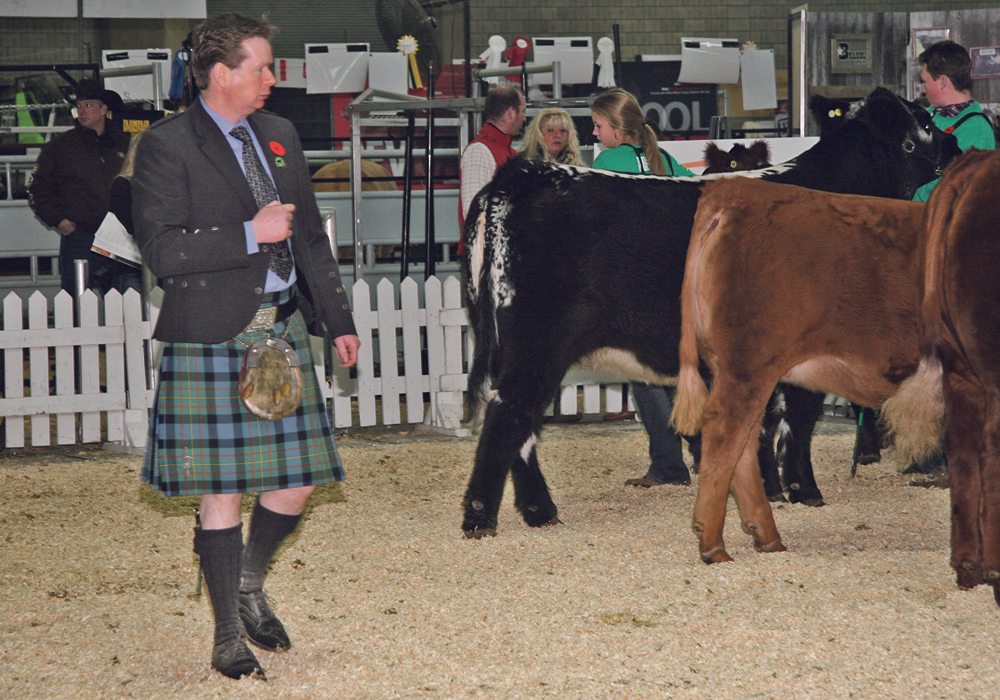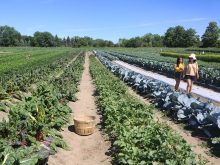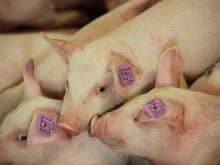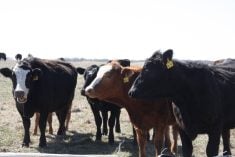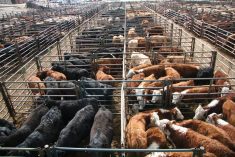EDMONTON — As William McLaren cuts a path up and down the Farmfair show ring wearing his blue and green family tartan while scuffling through the sawdust, the Scottish Angus breeder always likes what he sees.
McLaren comes to Canada almost every year to buy Canadian genetics to take back to Netherton Angus near Perth, Scotland. He raises 300 Red and Black Angus purebreds and plans to double his herd in a partnership with his neighbour.
“There have always been Reds in Scotland but until about 15 years ago they weren’t liked or wanted,” he said in an interview at Farmfair, held in Edmonton Nov. 8-12.
Read Also
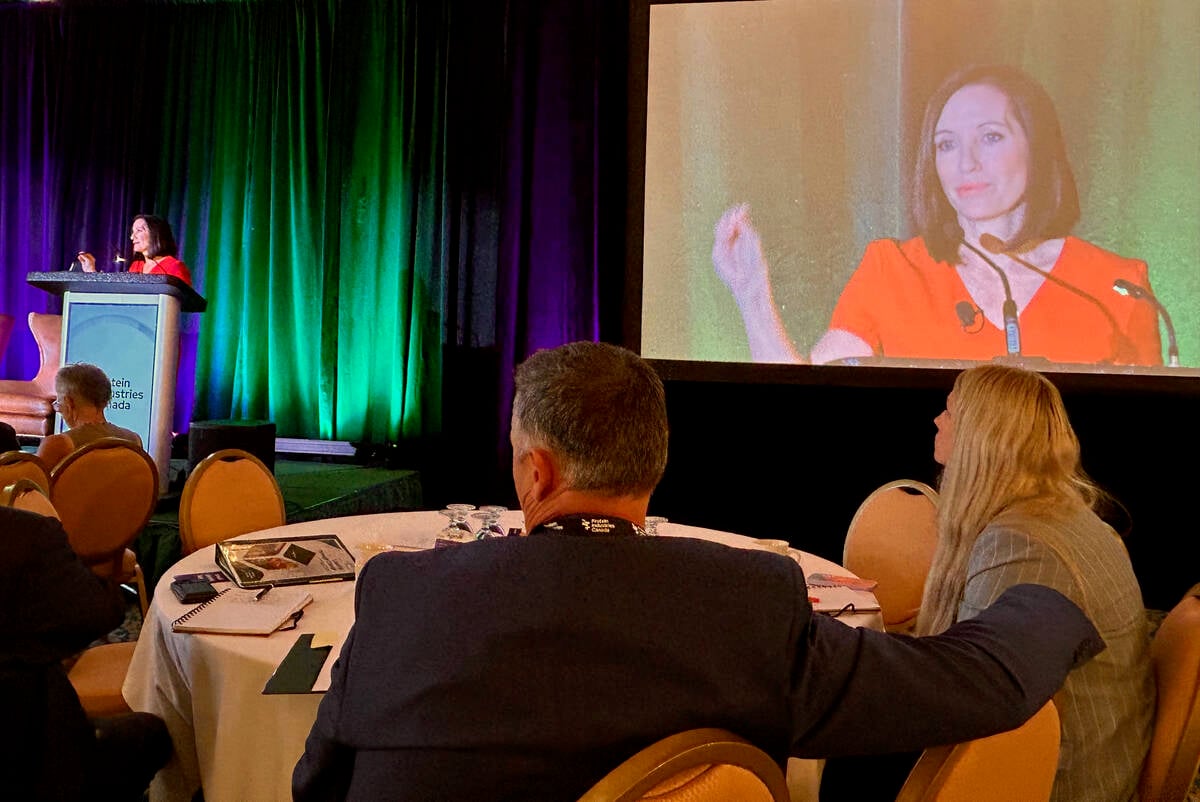
Canada told trade crisis solutions in its hands
Canadians and Canadian exporters need to accept that the old rules of trade are over, and open access to the U.S. market may also be over, says the chief financial correspondent for CTV News.
A respected judge, he has evaluated cattle in Europe, New Zealand and Canada including Farmfair and the Canadian Bull Congress at Camrose.
He started buying live Canadian cattle in the 1980s including several Farmfair champions. Due to quarantine restrictions and expenses, he now imports embryos. Semen imports from North America are restricted because of European Union concerns about infectious bovine rhinotracheitis. Bulls are vaccinated for the infectious disease here.
He favours genetics from big name Angus breeders like Miller-Wilson Angus, Youngdale Angus, Belvin Angus and Cudlobe Angus. The cattle are similar to what he is striving for in Scotland.
He exports genetics and live animals to 24 countries and he is on tenterhooks wondering how the United Kingdom’s decision to leave the EU could affect his business.
“We export to 24 different countries. Brexit could really hurt us if there are no rules in place,” he said.
There is no word on how export requirements might change so farmers like him want a firm trade agreement in place when the split occurs in March 2019.
“What we might try and do is set up our own herd in Canada to get around that,” he said. The idea would be to find partners and set up a female herd that could be bred to a wider range of bulls and then export the embryos.
The Netherton Angus herd was started 96 years ago. McLaren is the fourth generation and he hopes his daughter will become the next family member to run the farm.
While he is trying to expand, he anticipates the British beef herd will remain fairly stable in size.
There is not enough land and costs are too high to consider much expansion. Further, no one knows what will be the ultimate outcome of Britain’s decision to leave the EU and whether it is worth expanding.
“After Brexit farming will be hard,” he said.
“Most commercial farmers are going down an uneconomical route. They look only at the size of their cheque and don’t know about what it cost to get there,” he said.
McLaren’s operation has always gone its own way.
While many U.K. farmers favour extra large cattle, he prefers a moderate type that marble well.
The U.K. is unlikely to change its grading system based on EU standards of conformation, which includes muscling and yield with no provisions for marbling.
“We have the highest marbling herd in the U.K.,” he said.
Beef from his cattle find alternative markets in Europe.
The farm began recording weights in 1959 and all the cattle receive ultrasound scans to measure back fat and marbling.
In addition, he has a partner who has added fullblood Wagyus to the mix. These cattle came as embryos from Australia.
The beef animals are raised for four years producing a carcass of 1,100 to 1,200 kilograms. The marbling level is very high.
“It is a slow process but our partners get twice as much as anybody else for their carcasses,” he said.
McLaren was at Farmfair to judge a junior futurity and showmanship event.
The Aberdeen Angus cattle society has a junior program with about 300 members in the U.K. The Limousin and Charolais societies offer similar programs but they are probably less developed than the Canadian versions.
There are children as young as five or six starting out in the programs, even though there are legal repercussions under EU law.
“Unfortunately, legally under law no one under 16 is allowed to lead an animal,” he said.
Showmanship style is also different. The cattle are moved more and stand head to tail rather than side by side as seen in Canada. Showmen wear long white coats and girls must have their hair tied back. His own daughter was once cited at a show for not doing so.
During the World Angus Forum in the U.K. last summer, his farm hosted an international youth show and the differences in style were obvious.
“They are taught to attract the judge’s attention and make a noise whereas here you keep quiet. You are showing the animals to the best of their ability, not you,” he said.


